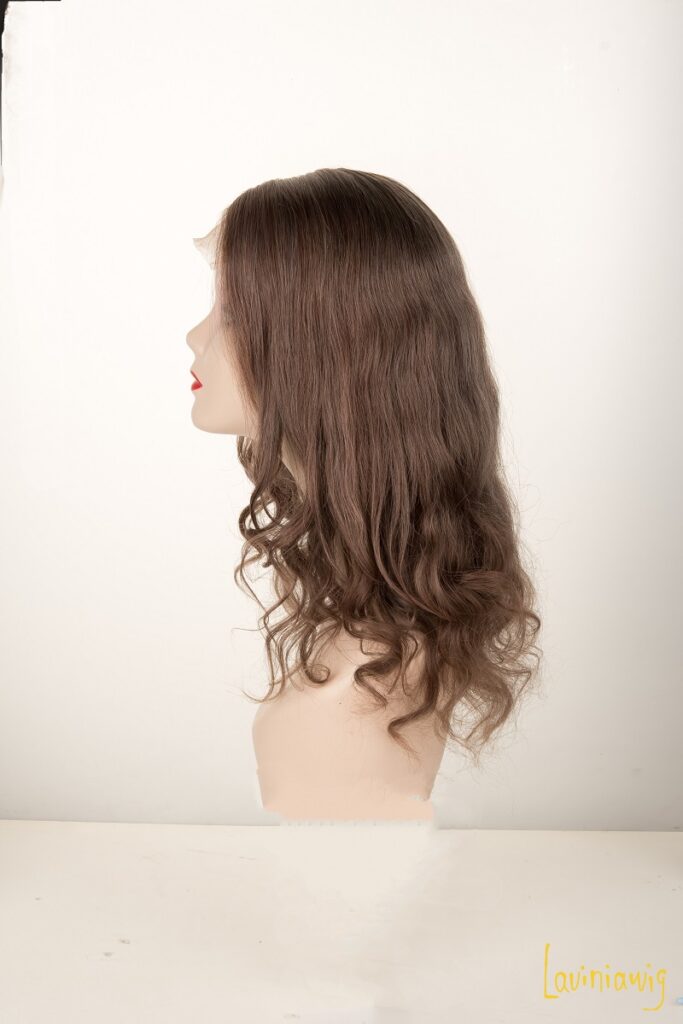Humans shed their thick body hair in the long evolutionary process of human beings but retain their hair. Hair is a kind of protection for the head, and it can relieve minor impact for the head of the sun, warmth and aesthetics; after all, the top of the head is no small thing. The average amount of hair in a person is usually around 100,000, but as we age and hormone levels change, there will be different causes of hair loss. That’s when wigs come into play. At the beginning of human wigs’ history, this top prop is more often than not a necessity, but decoration and luxury. Humans do not wear wigs because of baldness but wear a wig specifically to shave the head.
To be able to wear a wig and shave the head is explicitly the ancient Egyptians. In ancient Greece, bald slaves were difficult to sell for a reasonable price, while in ancient Rome, once the hair of slaves grew long, it had to be shaved off to add colour to the top of the master’s head. Old Chinese wigs are mostly worn on top of natural hair, unlike the European fashion of cutting hair and wearing wigs. The wig, a seemingly insignificant object only because it is in the critical position of the human head, attracting attention, thus carrying more social and cultural significance. In the fifteenth and sixth centuries, at the time of the Renaissance, wigs became a symbol of royalty and a carrier of political authority in Europe. From kings to aristocrats, wigs quickly became popular among the European upper class and became a mark of identity. In the golden age of wigs, everyone aspired to own a wig. The Church, which forbade the wearing of wigs, also wore ironically “monkish” wigs, hollowed out in the middle and decorated with wigs around. The general class, who could not afford expensive wigs, treated their hair like wigs to follow the fashion.



Subscribe To Our Newsletter
Get updates and learn from the best
More To Explore
EVERYTHING YOU NEED TO LEARN ABOUT HAIR AND WIGS PRODUCTION
As you may have guessed, the wig is made from synthetic or natural hair. Naturally, wigs made with real hair have a more natural appearance.
5 REASONS FOR PONYTAIL EXTENSIONS TO HAIR ARE THE BEST
With the variety of styles that are available in the vast world of hair extensions, we’re biased regarding the Ponytail hair Extension. Hair extensions for
12 AUTHENTIC WAYS TO TEST HAIR EXTENSIONS QUALITY
Nowadays, there’s a trend of purchasing hair online, but people get scammed by purchasing low-quality hair extensions that are labeled as high-quality. To avoid this